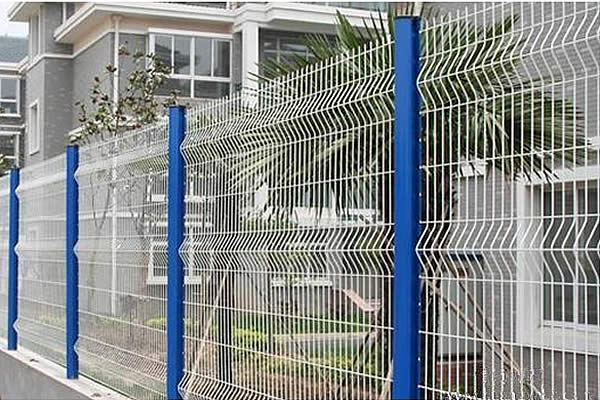 TEL:
+86-13102802206
TEL:
+86-13102802206
 Email:
fencenetting@china.com
Email:
fencenetting@china.com
 Language
Language
 TEL:
+86-13102802206
TEL:
+86-13102802206
 Email:
fencenetting@china.com
Email:
fencenetting@china.com
 Language
Language


Coated Iron Wire A Versatile Solution
Coated iron wire has become an essential material across various industries due to its unique properties and applications. This type of wire is composed of iron that is coated with a protective layer of material, typically plastic, which enhances its durability, corrosion resistance, and versatility. These characteristics make coated iron wire widely used in construction, agriculture, manufacturing, and even art.
One of the primary benefits of coated iron wire is its resistance to rust and corrosion. Traditional iron wire is susceptible to oxidation when exposed to moisture and air, which can lead to deterioration over time. However, the coating acts as a barrier, preventing environmental factors from reaching the iron core. This feature is particularly important for applications such as fencing, where the wire is consistently exposed to the elements. Coated iron wire can maintain its structural integrity and aesthetic appeal far longer than uncoated alternatives.
In the construction industry, coated iron wire plays a crucial role. It is often employed in the reinforcement of concrete structures, as it provides exceptional tensile strength while being lightweight. The coating ensures that the wire does not lose its properties over time, even in harsh conditions. Additionally, the versatility of coated iron wire allows it to be used in various forms, including ties, meshes, and supports, enabling builders to apply it in numerous ways to meet specific project requirements.

In agricultural settings, coated iron wire serves a multitude of purposes. Farmers commonly use it to create durable fencing that confines livestock and protects crops from wildlife. The strong and flexible nature of the wire allows for easy installation and maintenance. Furthermore, due to its corrosion resistance, coated iron wire remains effective in agricultural applications even after prolonged exposure to fertilizers and chemicals. This reliability makes it a favored choice among farmers who require materials that can withstand the rigors of outdoor environments.
Manufacturing processes also benefit from the use of coated iron wire. Industries rely on this material for various products, including industrial nets, cables, and springs. The coating can be customized to provide different textures and colors, allowing manufacturers to tailor the wire's appearance to suit their branding needs. Additionally, the wire can be produced in different gauges and strengths, further broadening its applicability across diverse manufacturing processes.
Beyond industrial uses, coated iron wire has found its way into the artistic domain. Artists and craftsmen utilize it to create intricate sculptures, decorative items, and artistic installations. The malleable nature of the wire allows for creative freedom, enabling artists to bend and shape it into complex designs. The coating adds an element of vibrancy and protection, ensuring that the finished artworks remain visually appealing and intact over time.
In conclusion, coated iron wire is a remarkably versatile material that has established itself as a fundamental component in various sectors. Its resistance to corrosion, lightweight properties, and adaptability make it ideal for applications in construction, agriculture, manufacturing, and art. As industries continue to seek materials that offer longevity and functionality, the importance of coated iron wire is likely to grow. It is not merely a tool but a testament to the intersection of engineering, creativity, and practicality. Whether it is securing a field, reinforcing a building, or contributing to a masterpiece, coated iron wire proves its worth time and again.